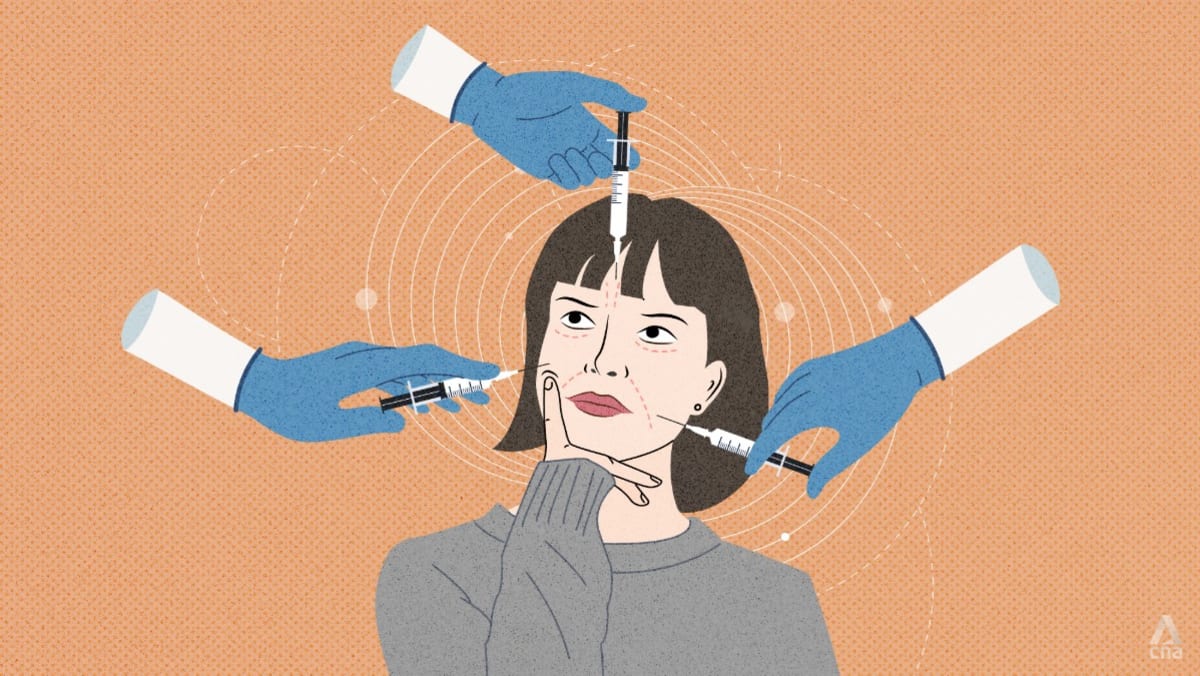On the flip side, choices that stem from unhealthy reasons may not achieve the desired outcome.
“(Those) rooted in insecurity often carry urgency, shame or the belief that changing their appearance will finally make them feel ‘enough’, loved or accepted,” Ms Jeremiah said.
Mr Low highlighted this factor for those who feel that most or all of their self-worth is based on their appearance. Such individuals may feel great discomfort in situations where their appearance may be noticed, for instance, in mirrors or among people.
“Grounds for suspecting an unhealthy cause are increased if the perceived flaw is not commonly seen as a flaw in the person’s culture or if the flaw is barely noticeable objectively,” he added.
OBSESSIVE CHECKING
Mr Low also stressed that if a person keeps looking at and negatively evaluating the state of the perceived flaw, their motivation for “fixing” it is likely to be psychologically unhealthy.
Such individuals may also often try to conceal the flaw, he said. For example, avoiding physical interaction with people, or wearing jackets to conceal perceived fat despite hot weather. This masking or avoidance behaviour can occur despite their desire to socialise with friends, for instance, or to dress lighter in humid climates.
Another red flag indicating unhealthy mindsets or attitudes is when people go for repeated procedures.
Mr Low pointed out that in such cases, the risk is that procedures borne out of unhealthy psychological causes will never be enough.
To self-identify a facial feature or body part as unsatisfactory or unseemly and then addressing it with external procedures might offer temporary relief, but “dissatisfaction with the same (feature or) part may resurface”, he warned.
“They may also feel that the procedure did not fix it to their full satisfaction despite a technical success.” Alternatively, these people might simply shift their fixation to a different feature or part.
“A physical fix does not fix a psychological cause,” he added.
